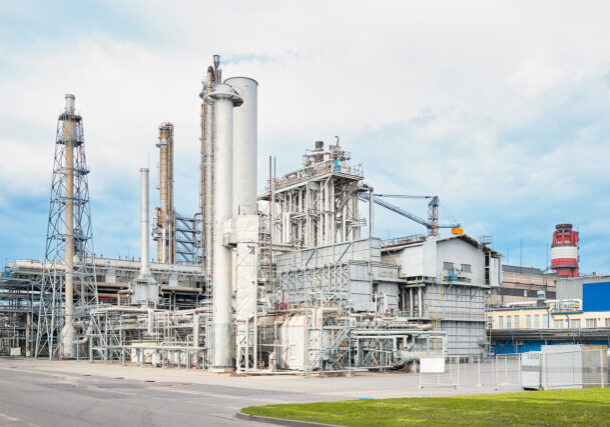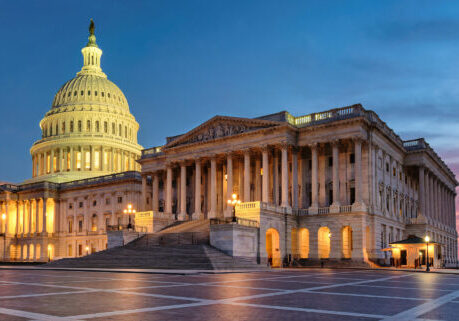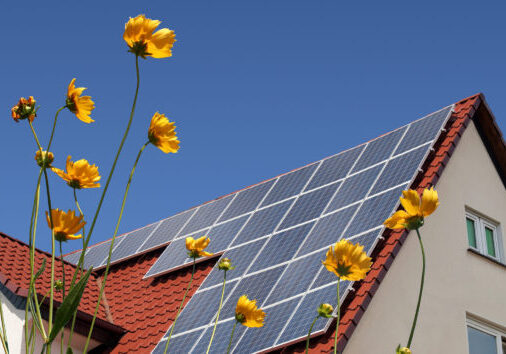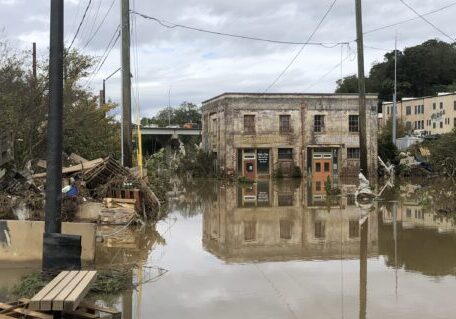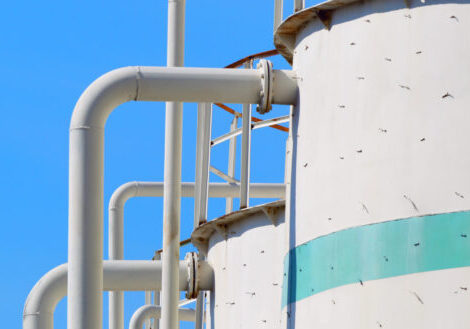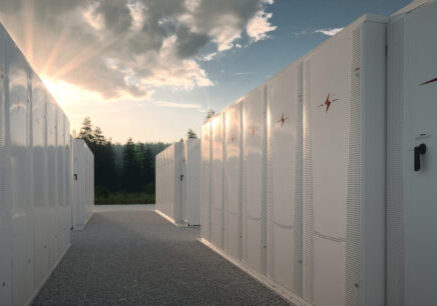April 11, 2025
New Energy Code Sets a National Precedent for Climate Resilient Affordable Housing
By Seth Mullendore
As climate change intensifies and extreme weather events become more frequent, the need for resilient, energy-secure housing has never been more urgent. In response, a team led by Clean Energy Group has taken a groundbreaking step by developing a climate resilient energy code for multifamily affordable housing — a first-of-its-kind framework aimed at ensuring that affordable housing residents have access to reliable, clean energy in times of crisis.
For affordable housing residents with mobility issues and medical vulnerabilities, power outages due to severe storms and extreme weather are not just inconveniences, they are life-threatening. Historically, affordable housing developments have lacked the guidance and resources to implement resilient energy solutions, leaving residents vulnerable to prolonged outages and unsafe conditions.
Recognizing these challenges, Clean Energy Group partnered with American Microgrid Solutions, Connecticut Green Bank, Connecticut Department of Energy & Environmental Protection, Connecticut Insurance Department, New Buildings Institute, Operation Fuel, and the Yale Center on Climate Change and Health to develop an innovative energy code, focusing on integrating solar, battery storage, and efficiency measures into affordable housing. The goal of this federally supported initiative is to create buildings that can sustain critical services even when the grid goes down, ensuring that residents remain safe and secure.
The Connecticut Climate Resilient Energy Code incorporates several key measures to enhance energy security and resilience in multifamily affordable housing properties, including:
- Emergency Power for Critical Systems: Requiring minimum levels of onsite solar and battery storage to ensure reliable backup power for critical loads, such as heating and cooling, ventilation, and power outlets to support refrigeration and device charging, during grid outages.
- Enhanced Building Envelope: Measures designed to improve a building’s ability to maintain livable indoor temperatures and reduce heating and cooling energy needs.
- Resilience Strategies: Active controls to reduce electricity demand and extend backup power during grid outages and emergency management procedures to plan for outage events.
An impact assessment of the code found that its implementation would result in an energy system able to support critical loads for an average of more than two days during a power outage and significantly improve the building’s performance maintaining indoor temperatures during periods of extreme cold weather. Though there are significant upfront costs to meeting the code requirements, those expenses can be partially or fully offset by federal and state incentives, ongoing electricity bill savings, and revenue generated through providing grid services. Additional benefits of the code include reduced emissions and improved health outcomes for residents.
While the energy code was developed a voluntary stretch code for Connecticut, it serves as a blueprint for other states looking to address energy resilience and public safety. By prioritizing resilient energy solutions for affordable housing, policymakers across the country can ensure that the benefits of the clean energy transition reach those who need them most. For affordable housing residents, the code represents a step toward greater energy security and climate justice. As other states look to replicate Connecticut’s leadership, this approach has the potential to reshape affordable housing and climate resilience nationwide.
The energy code has been released as a draft version. Clean Energy Group and its partners are seeking public feedback to inform the final version of the code, which will be revised and published later this year. Comments on the draft code can be submitted to [email protected] through June 27. Clean Energy Group will be hosting an informational webinar with New Buildings Institute to discuss the Connecticut Climate Resilient Energy Code on April 29.





